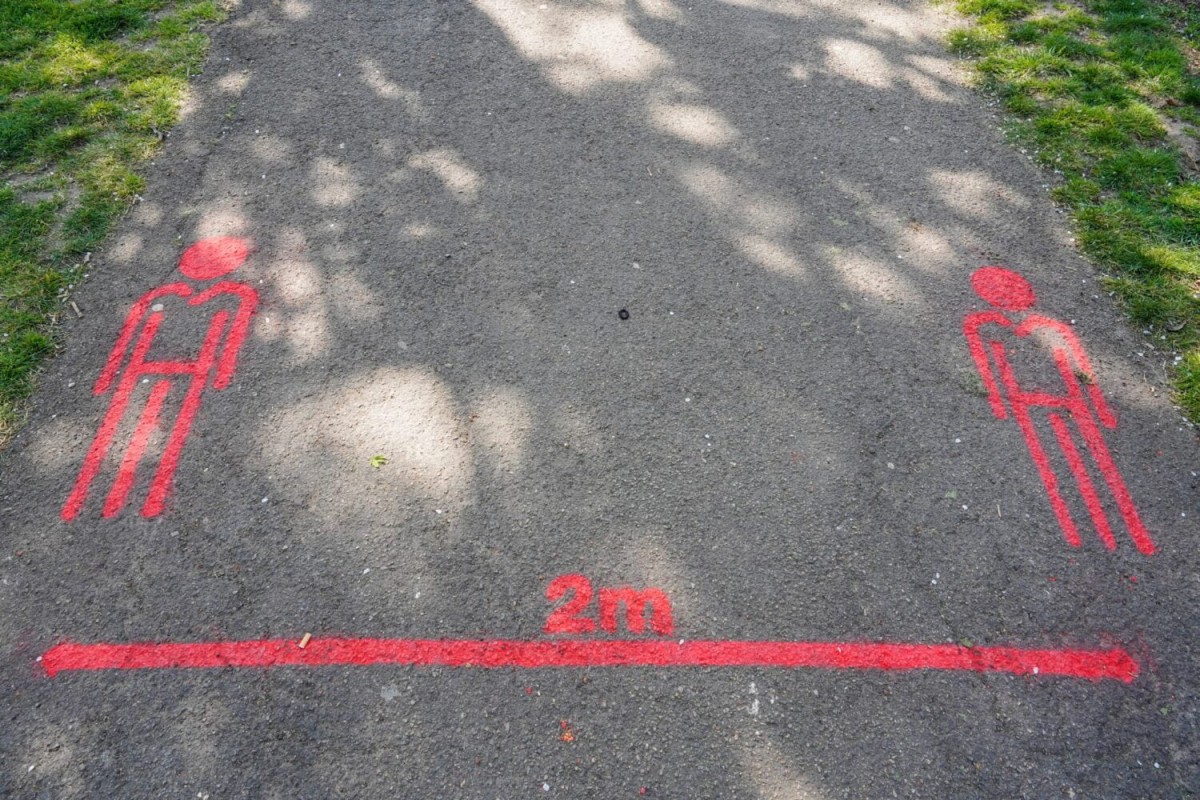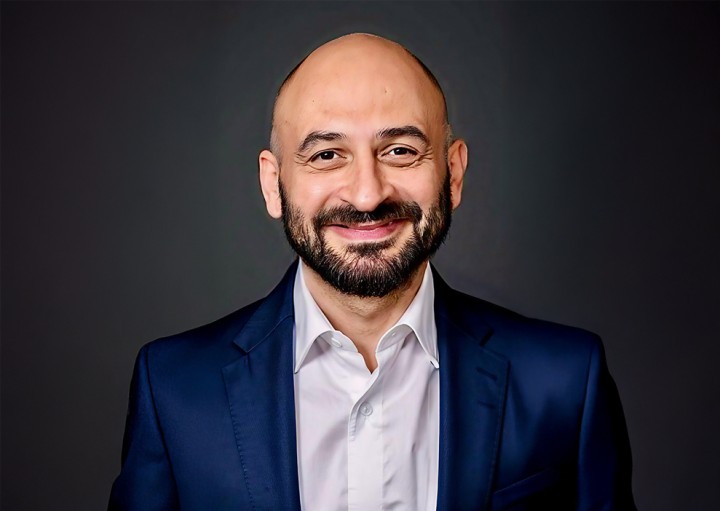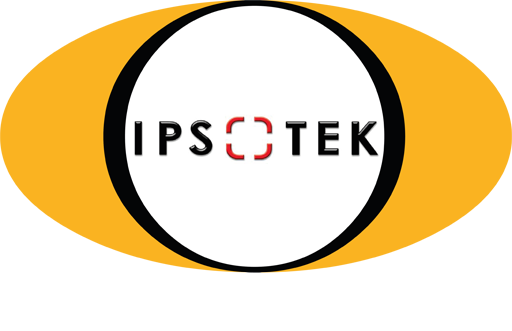News
Why AI-powered video analytics holds the key to enforcing social distancing

The world has undoubtedly faced significant challenges this year in the wake of COVID-19 and its impact could lead to lasting changes in everyday life. Now, as lockdown restrictions have begun to ease, people need to feel comfortable that when they leave their homes all the appropriate and safest measures have been put in place to ensure that they are not at risk.
However, recent ONS research revealed that most Britons still feel uncomfortable eating out at a restaurant, while another recent study found that a large number of commuters do not expect to return to the office environment before the end of the year. Much of the reasoning in both cases has been attributed to anxiety and uncertainty over whether or not enough is being done to keep the general public safe.
CCTV
The UK government’s initial ‘2 metre rule’ was more recently amended to a ‘1 metre plus’ rule in order to enable the re-opening of shops, restaurants and schools. However, the fundamental concept remains the same in that people still need to keep their distance from each other when out in public. While maintaining a safe distance from other people seems like a logical and simple idea, practicing it often proves harder to achieve. In busy public places, utilising existing CCTV can play an important role in ensuring that social distancing measures are being adhered to.
CCTV is ubiquitous in densely populated cities and could be used to identify particular hotspots where breaches occur. Recent research has shown that London, for example, has 627,727 cameras for 9.3 million residents – the equivalent of 67.5 cameras per 1,000 people.
However, although CCTV footage can reveal key insights, it can be extremely difficult to harness due to the sheer volume of data. Enter Artificial Intelligence (AI), which can play a key role in detecting patterns of behaviour and help to drive the changes required to reinforce social distancing and keep the public safe.
An AI algorithm is able to analyse the content displayed in a CCTV camera’s field of view in realtime and determine certain characteristics within the scene. In the case of social distancing, criteria can be established to detect when one or more persons are in breach of the guidelines and log that occurrence. In the era of social distancing, whenever two parties are within a 1m distance of each other this will trigger an alert, without recording personal details or the identities of the individuals involved.
While this may not be particularly useful in the case of a single, isolated occurrence, consider that a series of occurrences is built from the analysis of thousands of CCTV cameras across hours and hours of footage. The subsequent reports generated could provide a vast amount of vital insights; for example, pinpointing particularly busy areas in town centres, identifying bus stops frequently attracting large queues at a particular time of the day, or the most frequently used exit of a public building.
With access to this level of insight, public authorities, local councils and businesses can work together to put measures in place to try and alleviate such bottlenecks. In practice, this may involve implementing one-way systems or cordoning off particularly busy areas to move people from one congested area to a quieter one, which means the chances of breaching the 1m social distancing rule is significantly reduced.
Artificial intelligence (AI)
With advanced technology such as artificial intelligence (AI) available today, more can and should be done to protect society by way of accurately detecting whether people are socially distancing correctly without using facial recognition technology or compromising personal data.
AI used in this capacity doesn’t require the identification of individuals but looks to understand general behaviour patterns that are otherwise time-consuming and costly to identify. It has long been heralded as a technology capable of enhancing our lives, but now AI has the ability to positively impact public safety one step further by protecting lives in a world significantly disrupted by COVID-19.
Related News
Ipsotek Appoints Ara Babayan as Chief Operating Officer to Lead Global Transformation and Drive Delivery Excellence
Ipsotek Appoints Dean Coleman as Country Manager for UK & Ireland
Copyright © 2025 Ipsotek Ltd. All rights reserved.


